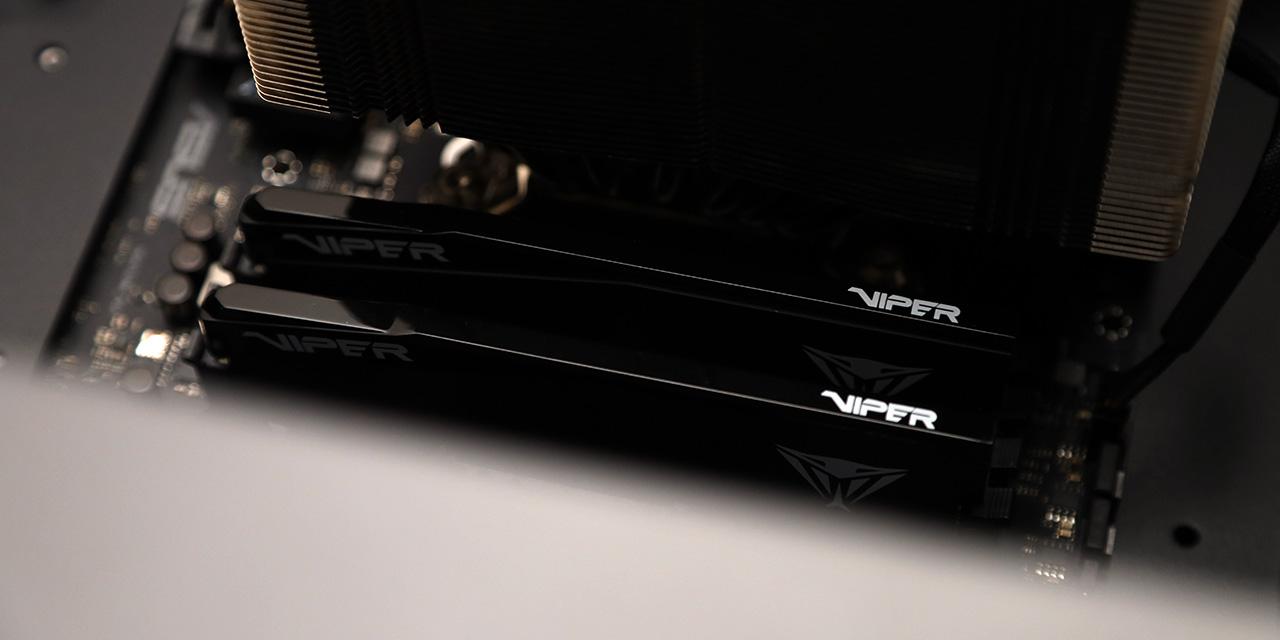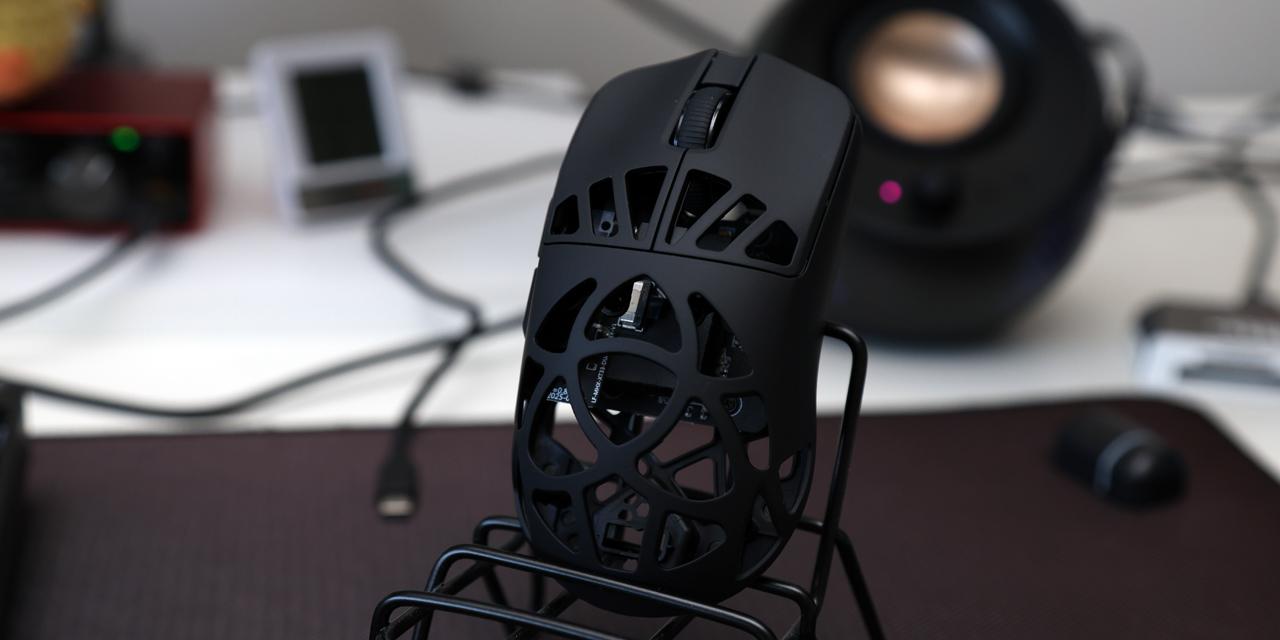Page 3 - A Closer Look - Disassembly and Internals

The disassembly process of the be quiet! Light Mount Silent Linear starts with removing the keycaps. These are PBT, or polybutylene terephthalate, double-shot keycaps, which are highly resistant to wear. A layer of black is molded onto a translucent inner layer to create the translucent top-center-aligned legends. The PBT keycaps also produce a deeper, muted sound compared to their ABS, or acrylonitrile butadiene styrene, counterparts, due to the thicker walls and higher density. The keycaps support standard Cherry MX stems and have a Cherry profile. The Cherry-style stabilizers utilized in the larger keys are factory lubricated and plate-mounted. The lubrication is intended to prevent the stabilizer from rattling during typing, which it successfully achieves. All the large keys are attached to the switch at the center and the stabilizer at the outer edges.

After removing the keycaps, the switches, stabilizers, and the knob must be removed. Our version of the be quiet! Light Mount Silent Linear utilizes the be quiet! Silent Linear Orange switches, which are Cherry MX and 5-pin hot-swappable PCB mounted. The stem is made of POM, or polyoxymethylene, while the housing is made of PA66, also known as Nylon 66. All stems are factory lubricated to allow for smooth movement as the keys are pressed. Each switch also contains a translucent plastic tab to diffuse the ARGB lights coming from the PCB. The springs inside the switches measure to be 21mm. More specific information, such as actuation force and travel distance, is not listed on the manufacturer's website. In addition to the be quiet! Silent Linear Orange switches, there is also the option for the be quiet! Silent Tactile Black switches.

The next step for disassembly is to remove the fifteen screws visible on the top plate. There are also two screws hidden under the two rubber pieces above the feet on the backside of the keyboard. Afterwards, the clips holding the case to the top frame must be released before the keyboard can finally be opened. Getting under the top frame to release the first clip can take quite a bit of effort, but once the first is released, the rest are easier to get to.

Upon opening the keyboard, the top frame, top plate, and PCB will separate from the bottom case. The PCB is top-mounted with north-facing LEDs. The PCB material was not specified. The keyboard also has three layers of foam, with the first one being between the top case and PCB, while the second one is below the PCB. The last piece of foam fills the bottom case. All these materials fulfill the purpose of reducing the noise of keystrokes with the intention of making the keyboard silent. As mentioned from my testing earlier, I would say the bottoming-out sound of the keys is quiet and muted. However, the stem rattling sound is noticeable enough that I would not consider the keyboard to be silent.
Page Index
1. Introduction, Packaging, Specifications
2. A Closer Look - Hardware and Software
3. A Closer Look - Disassembly and Internals
4. Conclusion





